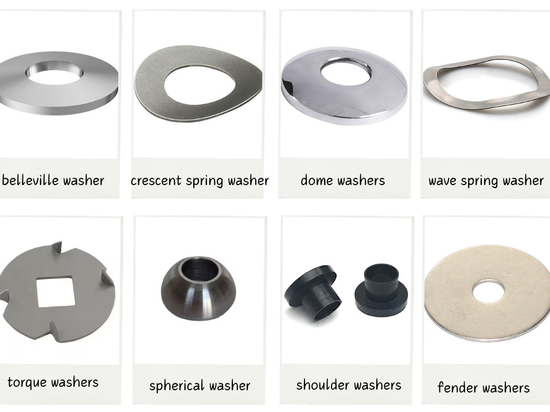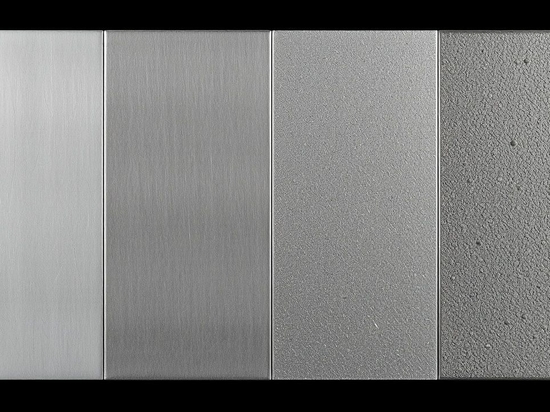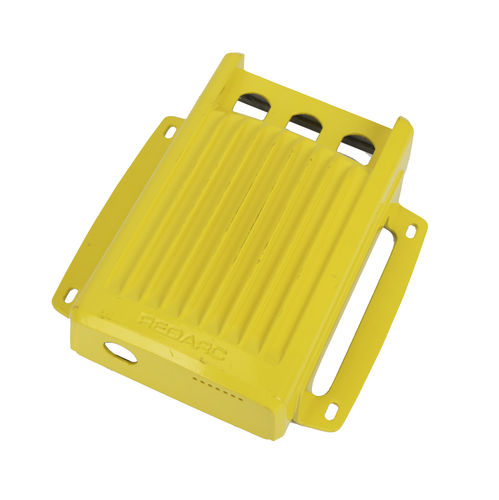
#Industry News
Metal Surface Treatment
What You Need To Know
Metal surface treatment includes coating, oxidation, polishing, anodizing, electroplating, Electroless Plating and more. Surface treatment can improve the performance, corrosion resistance and appearance quality of metal.
Metal surface treatment can be categorized into different processes, namely: Surface Modification, Surface Alloying, Surface Conversion Coating, and Surface Patterning.
1. Surface Modification:
Enhances the material surface properties, such as hardness, wear resistance, and corrosion resistance, without altering the chemical composition. Commonly used surface modification technologies include polishing, drawing, and rolling.
2. Surface Alloying:
Involves forming an alloy layer on the metal surface to enhance properties like hardness, wear resistance, and corrosion resistance. Examples of surface alloying methods are nitriding and hot dip plating.
3. Surface Conversion Coating:
Utilizes chemical methods where added materials react chemically with the matrix to create a conversion film. Anodizing, blackening, and phosphating are typical methods employed in surface conversion coating.
4. Surface Patterning:
Achieved through physical and chemical methods, this process adds material to form a plating or coating on the substrate surface. It's important to note that the substrate does not participate in the coating formation. Surface patterning methods include electroplating, electroless plating, silk screen printing, laser etching, and other similar techniques.
Why is the surface treatment of metal important? How to choose the appropriate surface treatment process? If you want to know more, please click below to view details.





